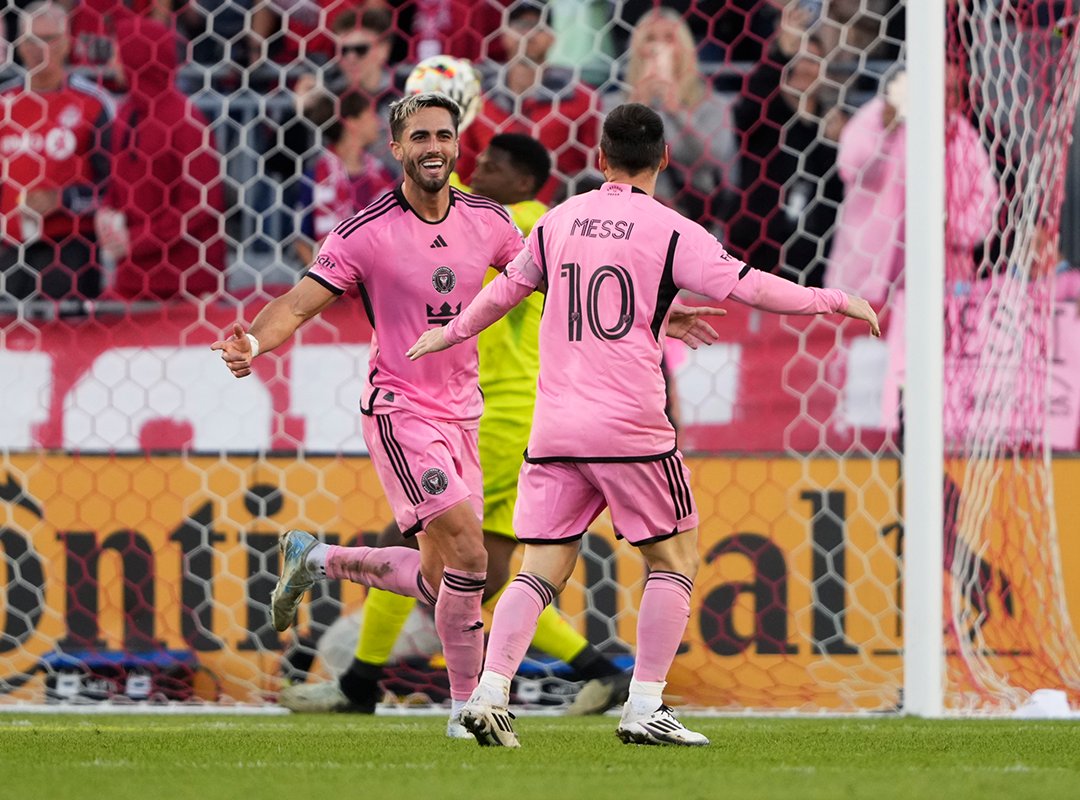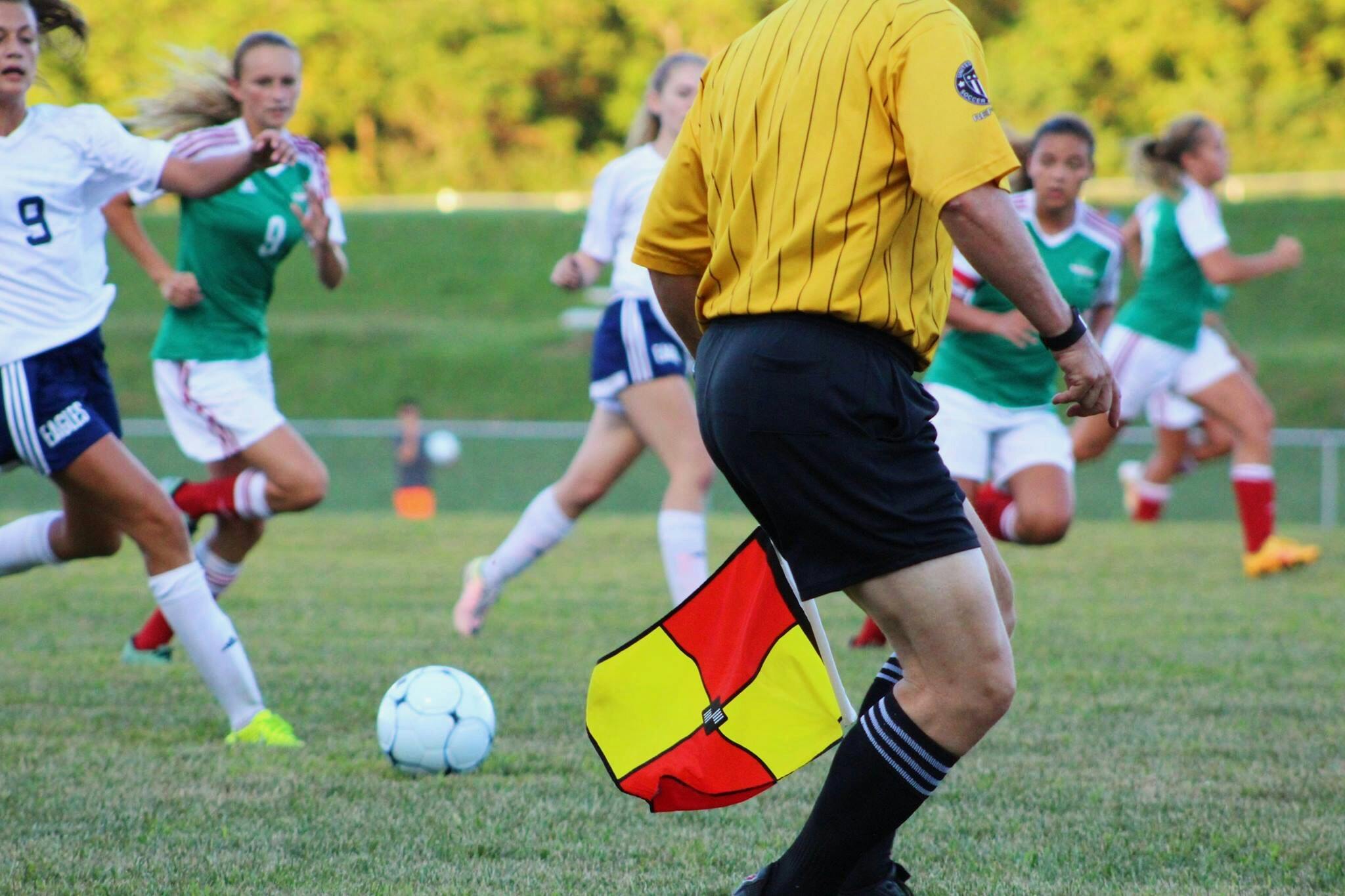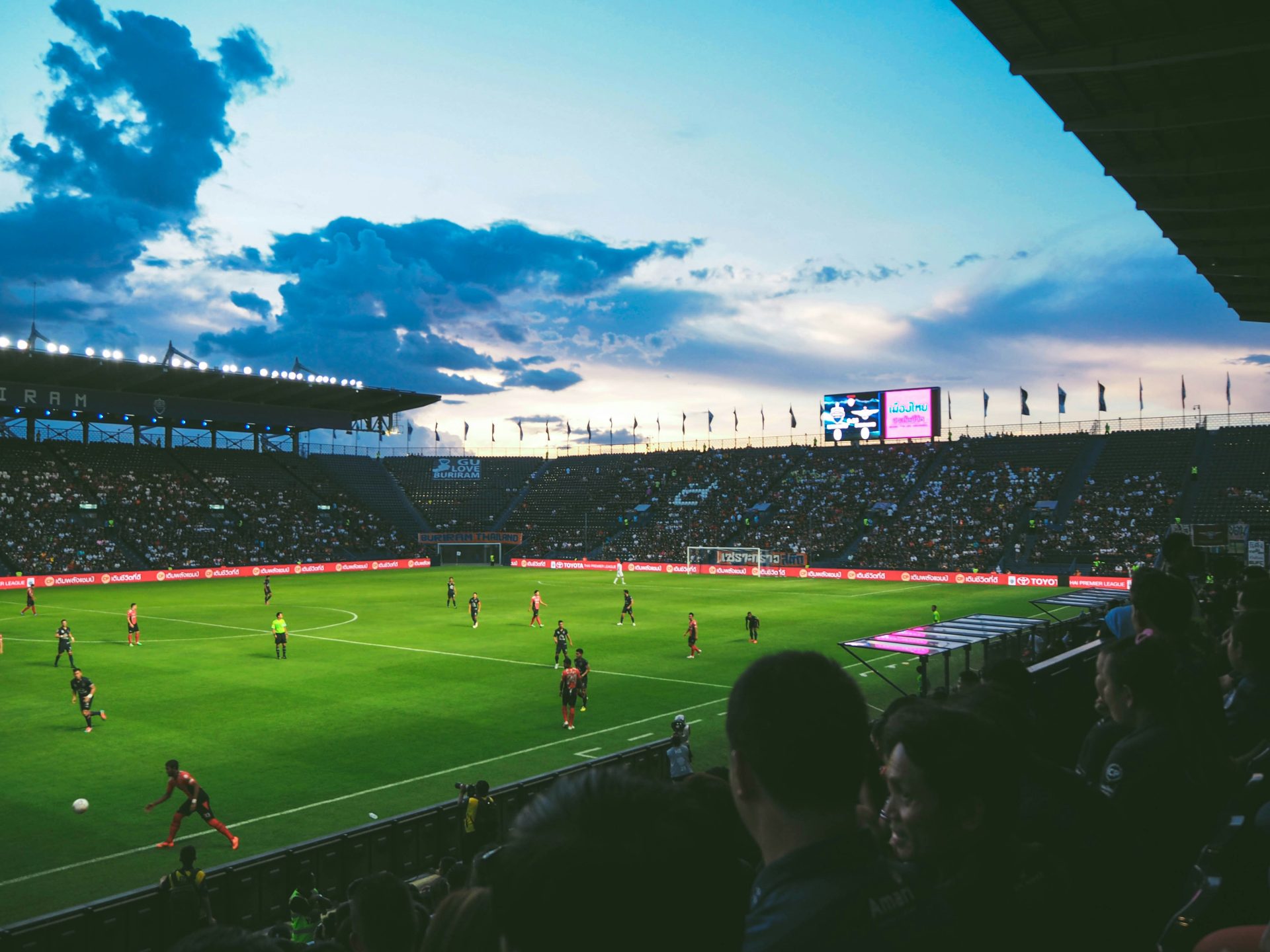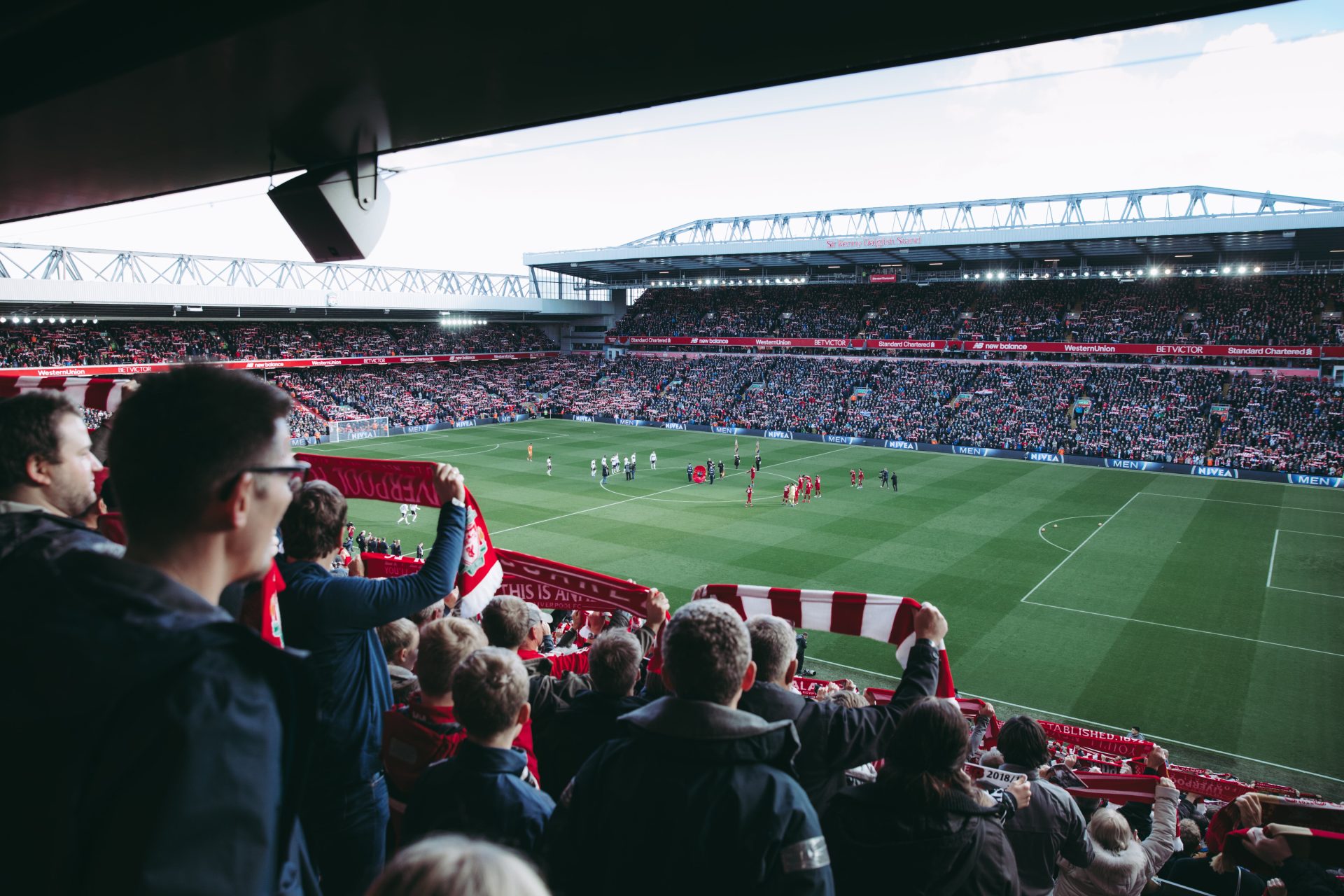How to Kick a Soccer Ball with Power: Techniques for a Stronger Shot
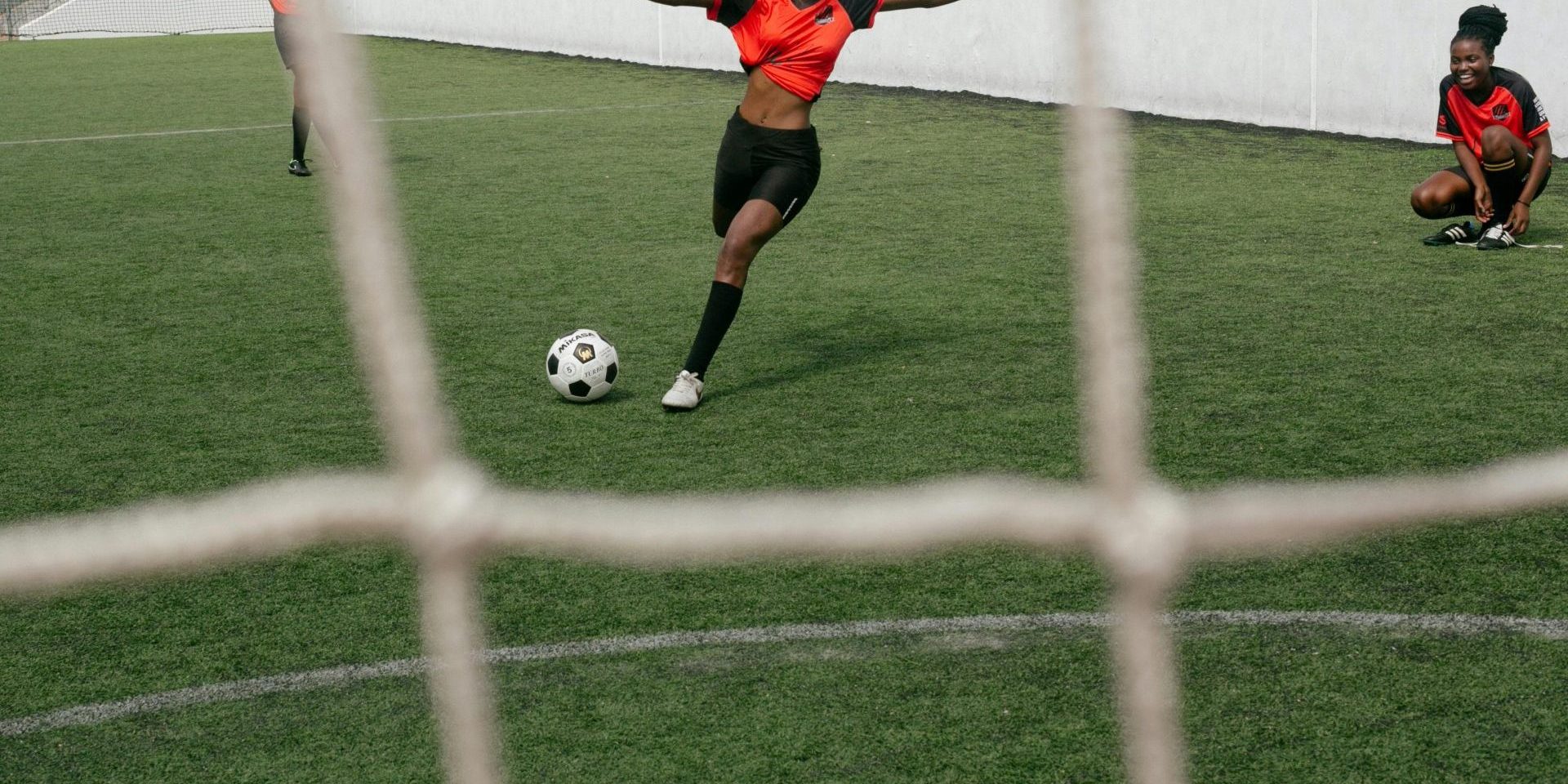

Table of Contents
Kicking a soccer ball with considerable power is a skill that distinguishes talented players from their peers. It involves more than just raw strength; the technique is the heart of a powerful kick. If executed correctly, it allows players to influence the game significantly, whether they’re clearing the ball across the field, taking a shot on goal, or delivering an impactful free kick.
When it comes to technique, several elements need to be synchronized to produce a powerful shot: the approach, the planting of the non-kicking foot, the angle of the body, and the striking motion itself. Mastering these aspects requires practice, but once a player combines the necessary body mechanics with precision timing, they’re able to consistently deliver powerful kicks.
Furthermore, the follow-through after making contact with the ball is as vital as the kick itself. It ensures that all the kinetic energy generated by the player’s body is effectively transferred to the ball, adding velocity and power to the shot. This comprehensive approach towards the kick enables players to elevate their performance on the soccer field.
Fundamentals of Kicking
Kicking a soccer ball with power is about technique, positioning, and understanding the ball’s dynamics. Proper body alignment and balance are key to transferring energy effectively.
Understanding Soccer Ball Dynamics
Kicking with power begins with comprehending how a soccer ball reacts to different types of impact. Striking the ball at its center can produce a stronger, more predictable flight path. It’s about finding the sweet spot, which allows for maximum transfer of force from your foot to the ball. Generally, the lower on the ball you connect, the higher it will go; whereas hitting the soccer ball in the upper half sends it across the ground. It’s a delicate balance of picking the right spot based on the desired result.
- Sweet Spot: Lower third of the ball
- Target: For ground passes, upper half; for aerial shots, lower half
Body Positioning and Balance
Accurate body positioning is essential to maximize the power of a soccer kick. The standing foot should be placed beside the ball, pointing in the direction you want the ball to go. This foot, often referred to as the plant foot, anchors the body and ensures your balance as you swing your kicking leg.
- Plant Foot: Point at target, establish beside the ball
- Kicking Leg: Swing with knee over the ball
Balance, supported by your stance, is crucial throughout the motion. Your kicking foot’s knee should be directly over the ball to ensure a stable and powerful impact. The ankle must be locked to avoid losing force through flexibility at the point of contact. Your body should be tilted forward slightly to keep your center of gravity over the ball, ensuring that all the power generated by your legs goes straight into your kick.
Kicking Technique
A powerful soccer kick requires not just force but the right technique, including the angle of approach, point of contact, and follow-through. Mastering these elements is essential for delivering both power and accuracy.
Run-Up and Stride
The run-up to the ball sets the stage for a potent kick. A player should approach the ball at an angle, typically 45 degrees, using a controlled stride. The last step, the plant foot, must be solid and stable, about hip-width apart from the ball, parallel to the target. This step is vital as it determines the balance and body posture necessary to drive the ball effectively with the dominant foot.
The Sweet Spot and Laces
Striking the ball with the correct part of the foot is crucial for maximizing power and control. The sweet spot for hitting the ball is just above the big toe knuckle, using the laces or instep of the boot. This allows for a cleaner strike that can generate both speed and direction. Ensuring that the kicking foot hits the ball with this area will significantly improve the integrity of the shot.
Follow Through for Power
The kick’s follow-through is often overlooked but it’s pivotal for the kick’s power output. After striking the ball, the kicking leg should swing upwards, with the toe pointing towards the target. The follow-through motion should naturally continue from the swing, without interruption, as if trying to reach the target with the foot. This complete motion not only contributes to the force but also to the accuracy of the kick.
Kicking for Different Objectives
When playing soccer, how you kick the ball can vary significantly depending on whether you aim to shoot powerfully or pass with precision. Understanding the mechanics and purpose behind each type of kick ensures effective playmaking and successful game outcomes.
Power Shooting Versus Precision Passing
Power shooting is typically employed when a player chooses to score or clear the ball with considerable force. It involves the following key elements:
- Preparation: Positioning oneself for a proper run-up to the ball.
- Technique: Striking forcefully through the ball with the instep (the laces area) to maximize velocity.
- Posture: Leaning slightly over the ball, ensuring high accuracy without sacrificing power.
In contrast, precision passing focuses more on control than power, and is usually an inside of the foot pass. It consists of:
- Approach: A relaxed stride towards the ball.
- Contact Point: Using the inside of the foot ensures more surface area contact, enhancing control.
- Follow-Through: A controlled and smooth follow-through directed towards the target ensures the pass is more accurate.
Adjusting Kick Angle and Spin
Angle and spin play a critical role in how the ball moves through the air and how it will land or be received by another player.
- Kick Angle:
- Shots: A lower angle to keep shots on target.
- Passes: A higher angle to drop the ball precisely to a teammate.
- Spin:
- Backspin: Applied in passes to make the ball stop more rapidly upon landing.
- Topspin: Used in shots to dip the ball over the defense and under the bar.
Mastering the adjustments in kick angle and spin is essential for players to effectively transition between power shots and precision passes, depending on what the situation demands in the game.
Physical and Mental Preparation
Before developing a powerful soccer kick, a player must focus on two pivotal aspects: physical readiness through strength and flexibility training, and mental sharpness via strategy and visualization.
Strength and Flexibility Training
Strength Training: A soccer player needs to build muscular strength to enhance kicking power. Key exercises include:
- Squats and lunges: Strengthening the legs and core.
- Deadlifts: Building the back, glutes, and hamstring muscles.
- Plyometric drills: Improving explosive power.
Flexibility Training: Stretching is vital for preventing injuries and maintaining a good range of motion, which contributes to better kicking technique. Stretching routines should target:
- Hamstrings and quadriceps: For improved leg extension and retraction.
- Hip flexors and groin: To maintain a full range of motion.
- Calf muscles: To prevent strains from forceful foot strikes.
Daily practice of these exercises is advised for gradual improvement under the guidance of qualified coaching.
Strategic Planning and Visualization
Strategic Planning: Success in soccer requires not just physical ability but also strategic thinking. Players should study successful kickers, receive advice from coaches, and understand different kicking techniques to determine what works best for them.
- Soccer drills: Tailoring practices to simulate match conditions.
- Game scenarios: Responding to changing game dynamics.
Visualization: Mental rehearsal is essential for a player’s confidence. Players should visualize successful kicks during practice to build mental readiness for actual gameplay.
- Focus on success: Envisioning the ball hitting the back of the net.
- Relaxation techniques: Calming the mind to improve focus on the task.
Adopting these mental preparation strategies enhances a player’s capacity to execute powerful kicks during matches.
Gameplay Application
Mastering the technique of striking a soccer ball with power is beneficial, but applying it effectively during a game requires adaptability and an understanding of various in-match scenarios.
Executing in Match Scenarios
In-game situations are unpredictable, with constant movement and dynamic interactions between players. To effectively apply powerful kicking techniques, a player must be aware of their position, the ball’s placement, and the opponent’s location. Timing is essential; choosing the right moment to kick with power can be the difference between scoring a goal and missing an opportunity. Players must also consider their momentum; a correctly timed run-up can add significant force to the strike.
- Strategies for effective execution:
- Positioning: Stay aware of your surrounding space and adjust your body accordingly.
- Momentum: Use your forward motion to increase the power behind your kick.
- Timing: Wait for the ideal moment when the ball is properly aligned and you have a clear path to the goal.
Learning from Professional Players
Studying and analyzing professional players like Cristiano Ronaldo can provide valuable insights into the execution of powerful kicks during matches. Ronaldo’s technique involves coordinating his approach, stance, and kicking foot movement to maximize power and maintain precision. Paying attention to the professional players’ body mechanics and how they adapt to different scenarios during the games can inform players on how to improve their own skills.
- Observational focus areas:
- Technique: Examine how professionals position their non-kicking foot and angle their body.
- Composure: Notice how they maintain focus, even when under pressure from opponents.
- Adaptation: Observe how they adjust their approach when in a moving play or when quickly reacting to a teammate’s pass.
Incorporating these observations into personal drills and practices can aid players in refining their power kicks. This prepares them for effectively finding the back of the net in future games.




